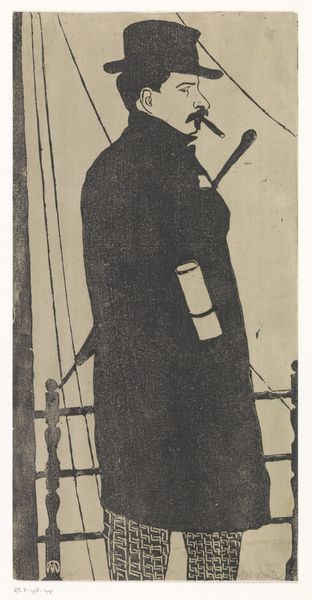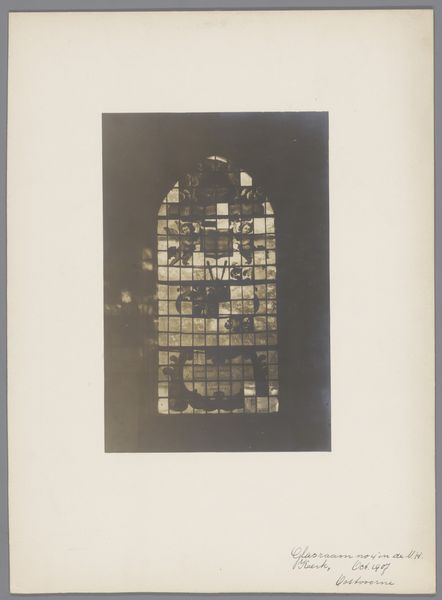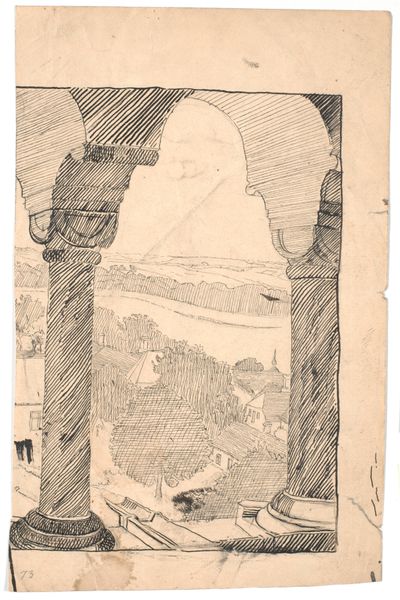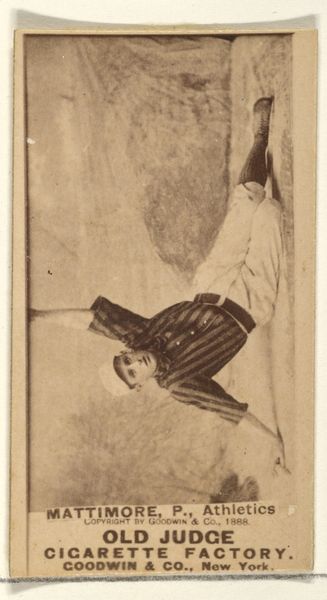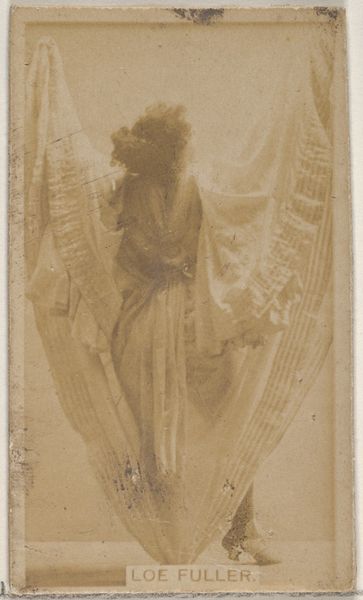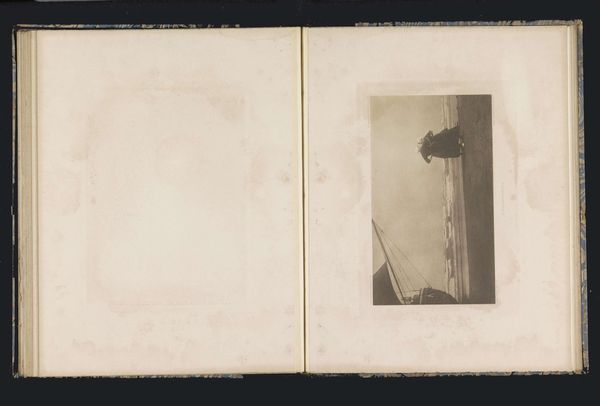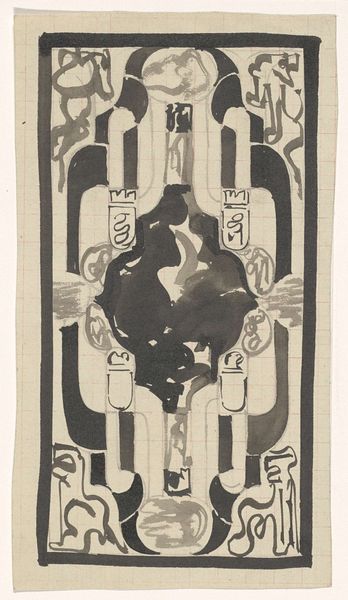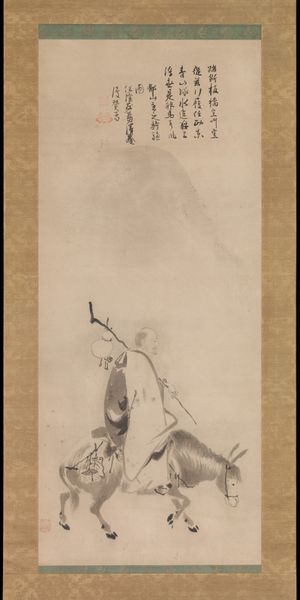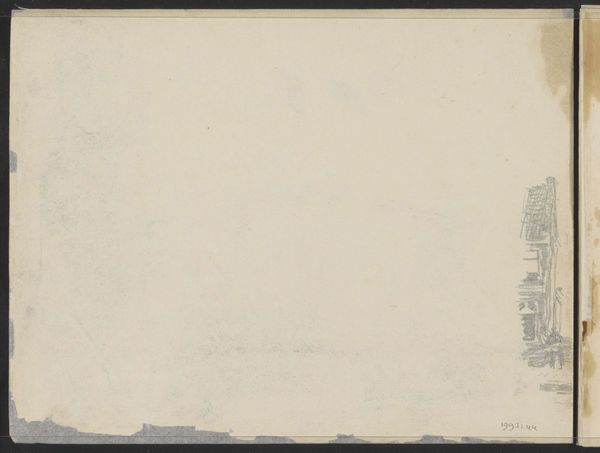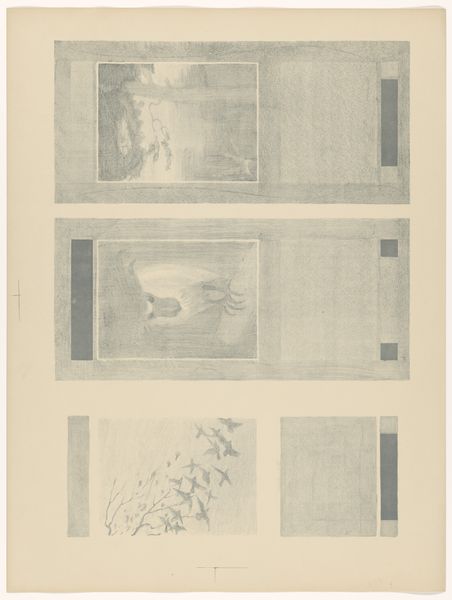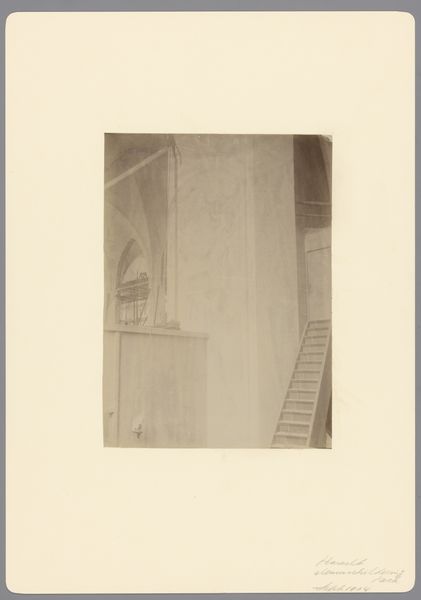
#
asian-art
#
landscape
#
figuration
#
watercolor
Dimensions: Image: 49 1/8 x 10 3/4 in. (124.8 x 27.3 cm) Overall with mounting: 81 1/4 x 11 7/8 in. (206.4 x 30.2 cm) Overall with knobs: 81 1/4 x 13 7/8 in. (206.4 x 35.2 cm)
Copyright: Public Domain
Curator: Looking at this scroll, one can find a certain playful tenderness—it is entitled “Rooster, Hen, and Chicks” by Nagasawa Rosetsu, made sometime between 1786 and 1789. Editor: A tender prison is what comes to my mind! Poor mama hen and chicks under a very austere gaze of what looks like an albino rooster perched atop… is that a cage? Is he their warden? The muted color palette seems like an old photograph from my grandma’s farm, all ghosts and no life. Curator: The piece operates on interesting tensions. The rooster, boldly white and prominently positioned above the lattice structure, can be seen as a patriarchal figure. But this reading opens further, as chickens occupy an important cultural and historical position as domestic animals of East Asia, connecting to the history of social economies based on labor. The “cage,” or more appropriately the enclosure, becomes a focal point of analysis here. Is this about forced labour and who profits? Editor: Interesting perspective. The chicks huddle in their contained world, oblivious, as they peck. While the rooster—or rather the “albino watchman,” as I've now renamed him—sits frozen above it all. There's so little sense of actual space or background context, everything feels flattened. Is Rosetsu pointing at a wider world of privilege and labour relations by denying access to any landscape, sky, and vegetation that usually accompanied his animals in paintings? Curator: It is interesting that you consider their state as a sort of alienation, as if we can only have access to those with proximity and relations to labour or exploitation. If one follows these lines of inquiry—particularly Rosetsu's utilization of animals from the domestic sphere—what possibilities emerge when analyzing representations of nature, ownership, power, and oppression? Editor: Right? It feels less like pastoral care and more like a… “fowl” commentary on hierarchy, and dare I say class? All right, bad joke I agree. This art, initially so docile, holds layers after all. Who knew? Curator: It demonstrates how domestic animals are at once “subjects” and economic actors within human-controlled ecologies of labour. This piece makes me consider, who truly is caged and why. Editor: Ah! Perhaps it’s that stern rooster locked in place forever? Food for thought… or, er, birds for thought.
Comments
No comments
Be the first to comment and join the conversation on the ultimate creative platform.

